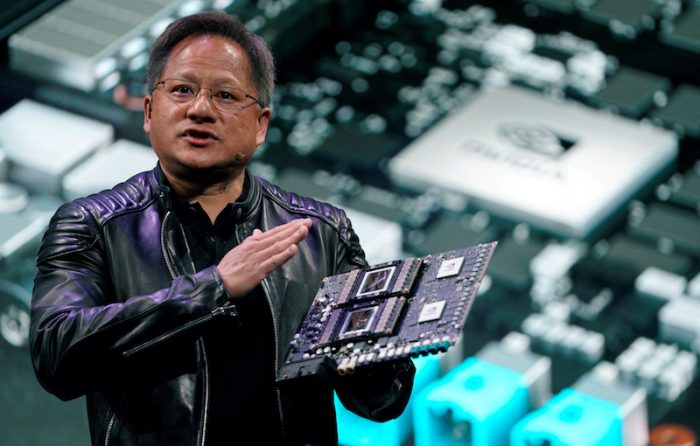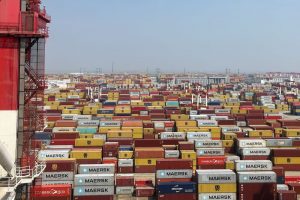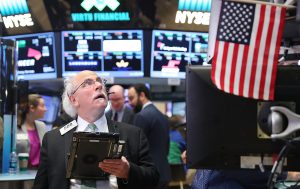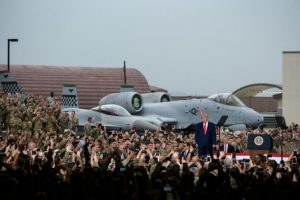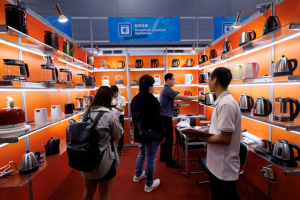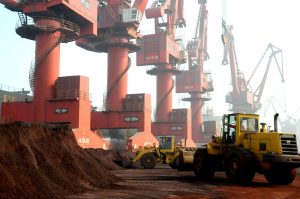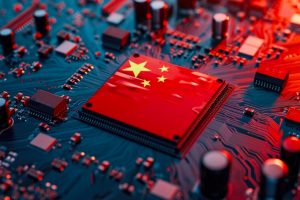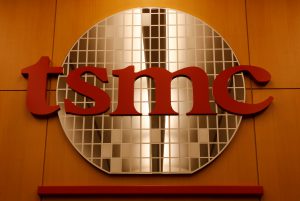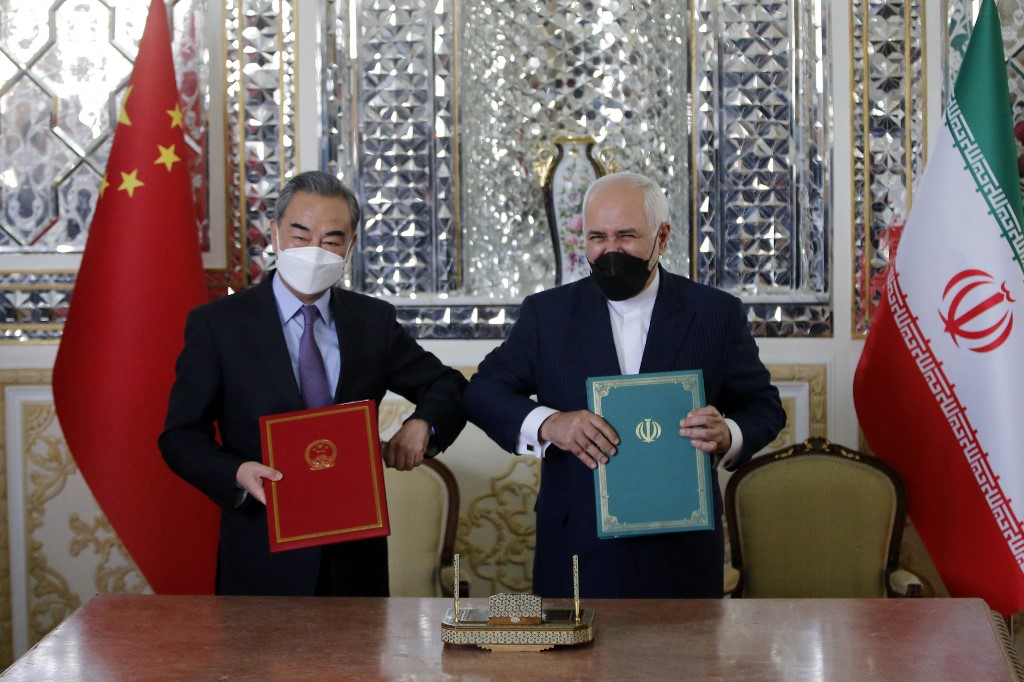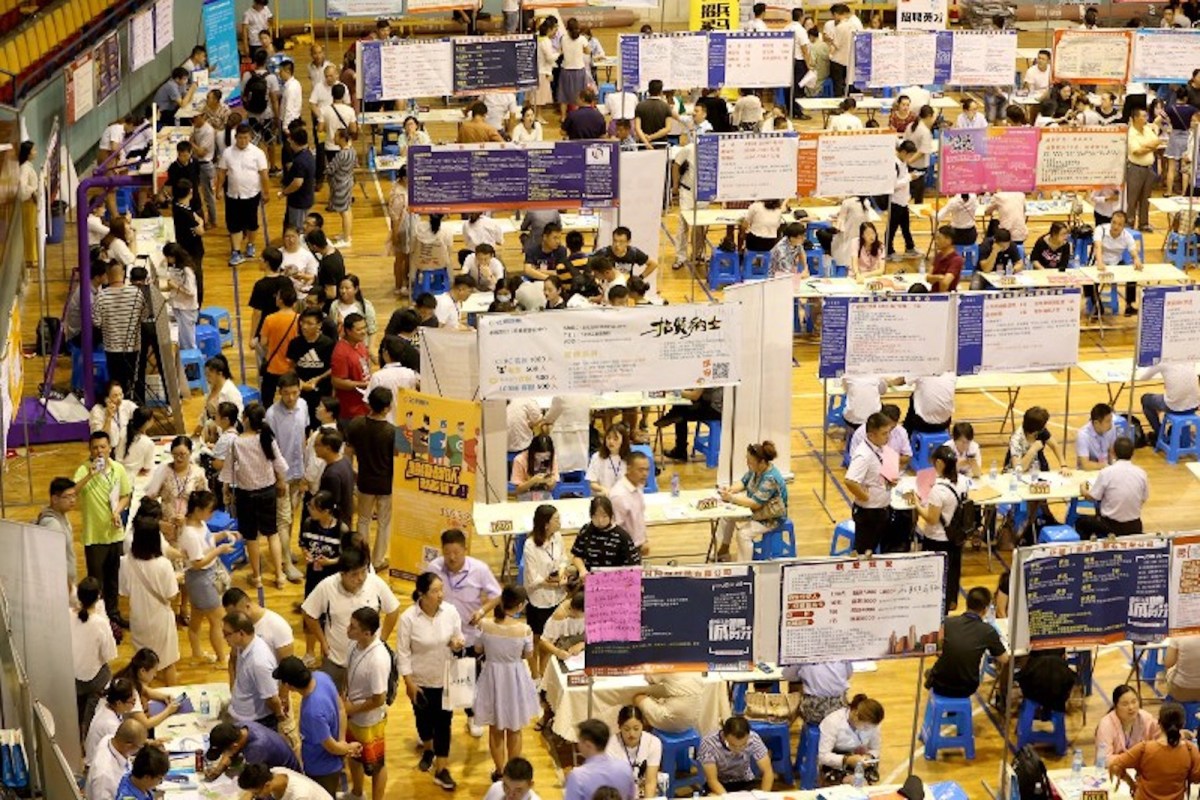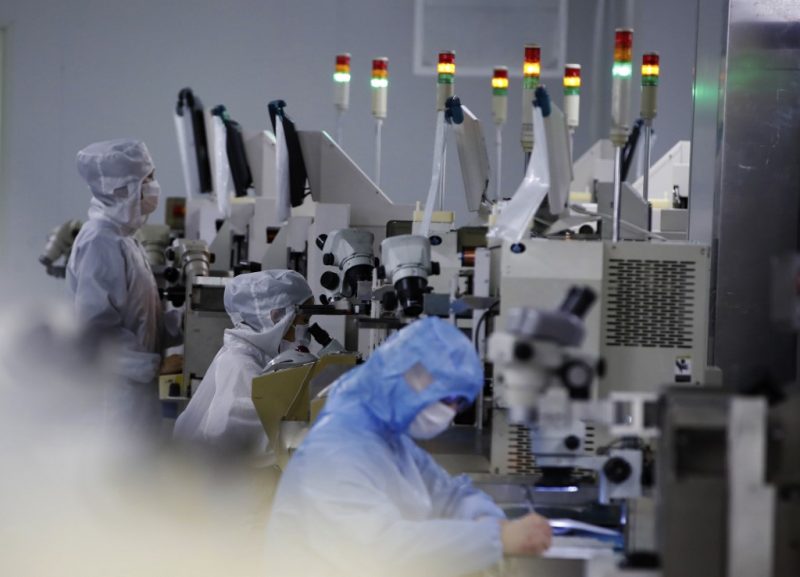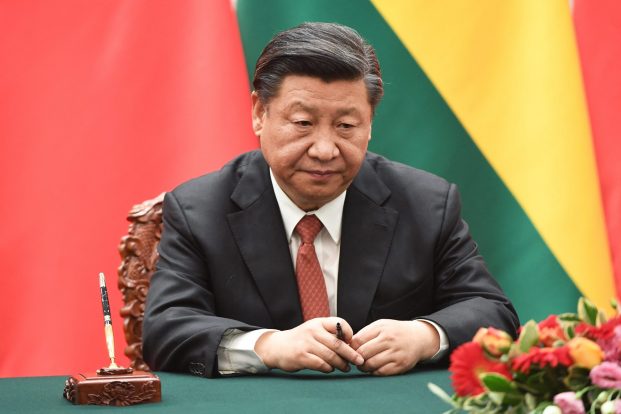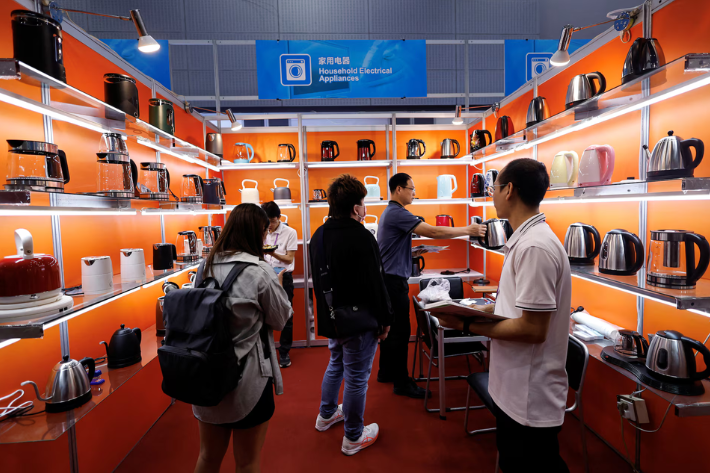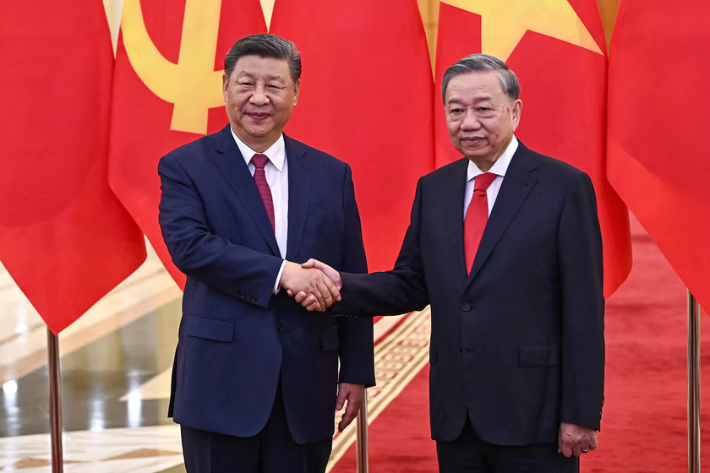Nvidia – and several of its biggest customers in China – have been hit by the latest US computer chip clampdown.
The Trump Administration told the world’s leading chip designer on Monday it will need a licence to sell its H20 chip, which was specially designed for artificial intelligence use in China.
The clampdown stems from concern by the US of H20 chips being used in supercomputers in China, which could facilitate the development of hypersonic or nuclear weapons and other advances by the Chinese military, according to a report by the FT.
ALSO SEE: China Says it Will ‘Shake Hands Not Fists’ to Beat US Tariffs
The move to restrict H20 shipments marks yet another effort by Washington to restrict China’s access to advanced semiconductors.
It also sparked claims that Nvidia failed to alert some major customers in China about the possibility of new US export rules it was allegedly warned about a week ago.
The US chipmaker said on Tuesday that American officials told the company on April 9 it was likely to need a licence to sell its H20 chip – its China-focused AI chip, according to sources who spoke to Reuters.
Major Chinese cloud companies were still anticipating H20 deliveries by year-end, unaware of the impending restrictions, according to two sources, who said Nvidia’s China sales team also did not appear to be informed ahead of the public announcement. They spoke on condition of anonymity because of the sensitivity of the matter.
Nvidia declined to comment.
The export controls threaten Nvidia’s business in China, one of its largest markets. Nvidia had secured $18 billion of H20 orders since the start of the year, according to one of the two sources and a third source.
China generated $17 billion in revenue, or 13% of Nvidia’s total sales, in its last fiscal year that ended on January 26.
Nvidia shares fell 6% in after-hours trading on Tuesday after it said it would take up to $5.5 billion of charges in the first quarter ending April 27 due to the licensing requirement, which the US government told it on Monday would be indefinite.
The charges are associated with inventory, purchase commitments, and related reserves for H20 products, the company said.
The US Commerce Department confirmed later that it was issuing new export licensing requirements for the H20, as well as AMD’s MI308 and equivalent chips – “to safeguard our national and economic security,” the FT said.
Clampdown could benefit Huawei
Chinese tech giants including Tencent, Alibaba and ByteDance, the owner of TikTok, had increased orders for H20 chips amid surging demand for affordable AI models from companies like startup DeepSeek, Reuters reported in February.
Alibaba, ByteDance and Tencent did not immediately respond to requests for comment.
The H20 is the primary chip Nvidia is legally permitted to sell in China and was launched after the latest round of US export restrictions took effect in October 2023.
Washington has banned exports of Nvidia’s most advanced chips to China since 2022, concerned that advanced technologies could be used by China to build up its military capabilities.
The restrictions on H20 could benefit Chinese AI chipmakers, particularly Huawei, which offers competing products to Nvidia’s lineup, analysts said.
“By restricting the H20 system, US regulators are effectively pushing Nvidia’s Chinese customers toward Huawei’s AI chips,” said Nori Chiou, investment director at Singapore-based White Oak Capital Partners.
“Huawei’s chip design and software capabilities are likely to advance quickly as it gains more customers and development experience,” Chiou added.
Nvidia to build $500bn AI plants in US
Nvidia, like Apple and other big American firms that have products manufactured abroad, have been compelled to announce production bases in the US, given the Trump Administration’s threats of tariffs on chips and its insistence that companies base more of their operations at home.
The chip designer said on Tuesday it will build up to $500 billion worth of artificial intelligence infrastructure in the US over the next four years.
Nvidia CEO Jensen Huang was reported to have dined at Trump’s Mar-a-Lago resort recently. It has previously used TSMC, the Taiwanese chip giant, to produce its semiconductors.
The group said production of its new Blackwell graphics processing units has already started at TSMC’s plant in Phoenix, Arizona. Plus new plants are also being built with Foxconn in Houston and Wistron in Dallas.
It expected mass production at both plants to ramp up over the next 12 to 15 months.
Huang said that adding American manufacturing helped the company “better meet the incredible and growing demand for AI chips and supercomputers”, strengthened its supply chain and boosted its resiliency.
The White House reportedly said the news from Nvidia was evidence of “the Trump Effect in action.”
- Jim Pollard with Reuters
ALSO SEE:
Tariffs on Imported Chips to be Announced Soon, Trump Says
China Tech Giants ‘Ordered $16 Billion of New Nvidia Chips’
China Tech Giants Lift Nvidia Chip Orders Amid Trump Curbs Talk
All Eyes on Nvidia Chips Demand Amid Doubts on AI Outlays
Asia Stocks on Edge as Trump Vows Tariffs on Chips, Autos, Pharma
Taiwan, Korea on Edge as Trump Sets Sight on Chip Funding
US-China Trade War Goes Into Gear as Beijing’s Tariffs Kick In
‘AI Breakthrough’ by China’s DeepSeek Rocks US Tech Giants
Bytedance ‘Plans $20 Billion Outlay on AI Infrastructure This Year’
Biden Restricts Access to AI Chips to US Firms And Its Allies




